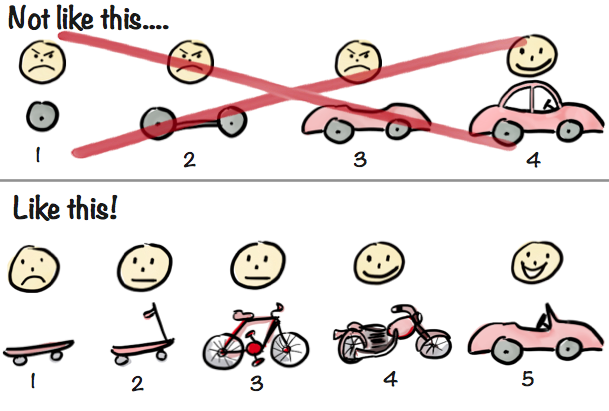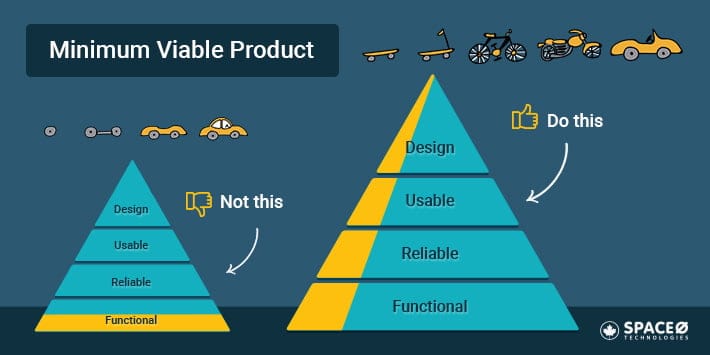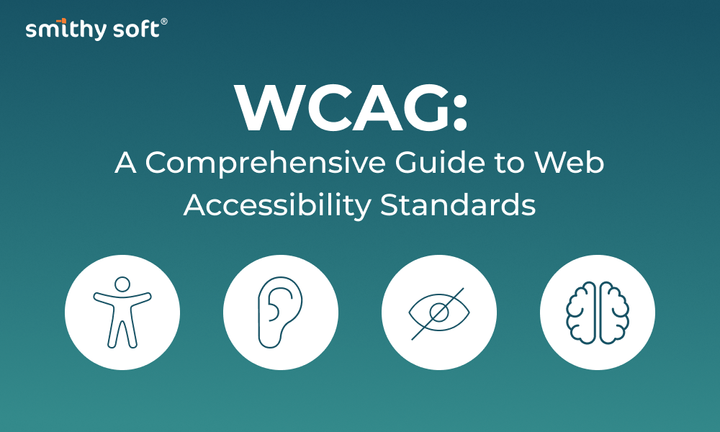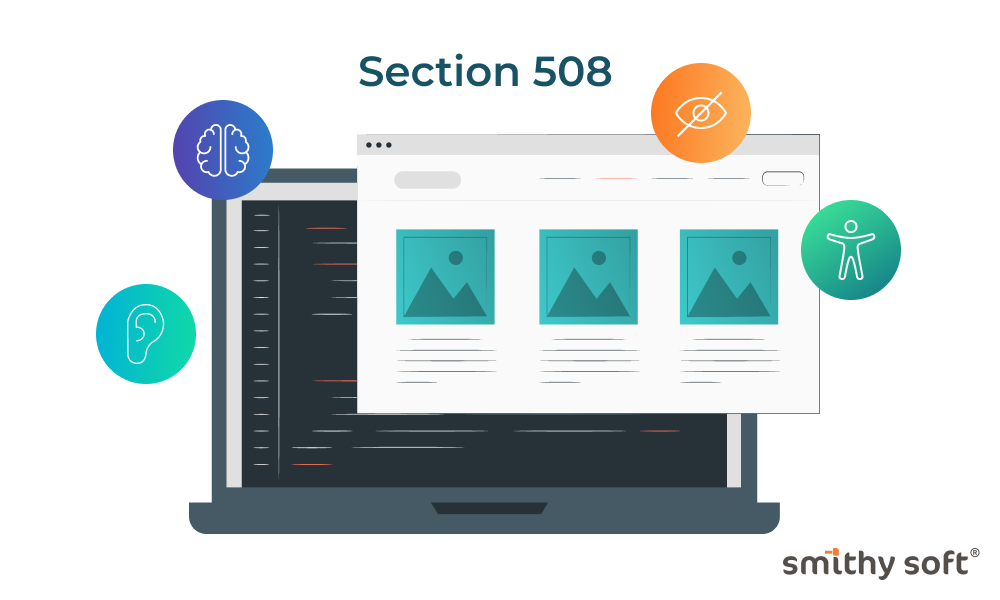Why You Need a Minimum Viable Product?

Before doing a lot, do enough. In these words lies the essence of MVP, or Minimum Viable Product.
Entering the startup scene nowadays might be tricky, where hundreds of companies compete with each other. You must find a product that fits the market as early as possible and create a product your customers truly want. And that's where MVP comes in handy.
What is it?
A Minimum Viable Product (MVP) is the simplest and the most basic version you should create to sell it on the market.
MVP has only the essential features, enough for its use. More importantly, as a developer, you aim to get real feedback from the first users as quickly as possible.
Why?
MVP will help the project team to compile a great piece of important information with minimal effort. This is crucial for the future development and improvement of the product, as it helps to avoid lengthy and unnecessary work and prevent the creation of unnecessary or uninteresting functionality, thus saving time and money.
Who came up with it?
The term MVP was coined by Frank Robinson in 2001. However, it only became popular ten years later when Eric Ries discussed it in his famous book "The Lean Startup."
The MVP concept is based on the understanding that by releasing a fully finished and polished product (in which nothing can be improved) onto the market, your chances of failure increase. And as a result, you face image and financial losses.
The MVP strategy completely reverses this process – it suggests creating a product and releasing it to the market in the most simplified version possible – one with the limited number of functions necessary for proper use and satisfying the users’ needs. Then, based on feedback and customer needs, it's refined.
Essentially, MVP allows you to test the product idea without investing time and money to create a complete product.
What Should an MVP Look Like?
The answer is already in the title:
- minimum – implies creating a product with basic features with minimal effort and finances;
- viable – meaning capable of serving and being useful to its early users.
A Minimum Viable Product meets the most critical needs of users and nothing more. MVP focuses on what the product does, not how it does it.
How to Create a Minimum Viable Product?
- Define the purpose of your MVP: how do you want your product to help your potential customers, and what features and options are necessary for its operation?
- Research market needs (identify the problems you want to solve for your target audience and clarify your customers’ present needs).
- Analyze existing competitors: you need to know how you will differentiate yourself from your competitors, and in what way your product will be better. Create your unique selling proposition.
- Identify the key features of your Minimum Viable Product: make a list of MVP features, and then narrow it down to a minimum. Start by defining the steps a user will take when using your product, and list all the features required for each step.
- Development: once you have determined the scope of work, you can move on to the MVP development.
- Make sure the development team regularly tests the product. You cannot simply release a product that has not been tested for errors.
- Experiment: the best MVPs are those tested by real users. This will help you understand if the product solves their real problem and performs better than similar solutions (e.g., cheaper or faster).
- Collect and analyze feedback: conduct surveys, and user interviews, and observe usage patterns. Identify patterns, pain points, and opportunities for improvement.
- Based on your findings, prioritize what to fix first, what features should be added, and what is needed. Prepare for improvement and refinement.
Examples
Many IT and e-commerce giants started in "MVP mode." One of the most popular examples is Amazon. The current e-commerce giant started as an online bookstore. When Jeff Bezos created his company, he bought books from distributors and shipped them according to online orders. He did this to see if people would buy books on the Internet.
The initial website was created with a basic design with only essential features to reduce product development costs. Seeing increasing sales volumes of books, Bezos continued to add new books to the store, then – new products, purchased warehouses, eventually thriving into a massive platform.
Airbnb is now a popular online service for booking accommodation in 191 countries worldwide. What was Airbnb's MVP? They opted for a straightforward website to serve as their MVP testing ground. The site showcased an advertisement offering airbed rentals, accompanied by images of a cozy studio apartment. Additionally, the team purchased a handful of airbeds and provided breakfast to their initial three guests, hence coining the term "Airbed and Breakfast. The concept proved to be a success.
DoorDash founders started with a Concierge MVP. It was a basic website with PDF menus of local restaurants and cafes. It didn't even have an online booking system, so customers called the founders directly, who also worked as DoorDash drivers.
Demand was high enough, and even this MVP with elementary code was successful. Then the founders began to transform manual processes into an automated workflow. Now the program works autonomously, with only minor support from the support center. That's how the Concierge MVP became a highly popular delivery service with later enhanced features such as scheduled deliveries, ratings, and real-time order tracking.
The history of Product Hunt – one of the most famous leaderboards for new tech products – began as a simple electronic digest similar to the previously mentioned Concierge MVP. In 2013, Ryan Hoover, the founder of Product Hunt, decided to create a community where like-minded enthusiasts could share and discuss new tools they discovered and liked. He didn't want to spend hours coding the program, so he used a link-sharing tool called Linkydink to create a group. He invited a few friends from the startup community. Authors shared news about new products they liked, compiled lists with links to such finds, and sent them to subscribers by email every day.
Today, Product Hunt is an international internet marketplace where IT developers present their new products and technologies to a large audience and get acquainted with new exciting projects. The platform hosts over 4 million users on its website monthly (according to SimilarWeb). Every day on Product Hunt, new products appear that users can vote for. The more votes, the higher it rises in the ranking, meaning more inbound organic traffic, registrations, and sales.
Ultimately, the top 5 products receive the honorary title of Product #x of the Day. Also, each product can compete for Product of the Week, Product of the Month, and Product of the Year, for sure, and receive the coveted Golden Kitty statuette.
What can go wrong with MVP?
- Aspiring to create the ultimate, perfect product
MVP should not be the final product; it is basic functionality. Therefore, leave all the wonderful, cutting-edge designs, myriad functionalities, and features for later. Don’t spend a lot of time and money trying to make a good impression on the audience before ensuring your product solves a real problem for users. And whether it is needed in the market right now.
- Insufficient market research
Such a mistake can cost you dearly. Knowing your market is crucial for creating a successful MVP. You need to learn about customers’ needs, desires, and requirements and check whether your idea is frankly innovative or similar to existing products.
- Confusing MVP and a technological prototype
MVP doesn't function as a technological prototype; rather, it serves as a method to validate its market viability. MVP focuses on functionality and user needs, while a technological prototype focuses only on technical aspects and idea testing.
- Too much focus on features
One of the most common mistakes companies make when creating MVPs is including too many features. This can lead to the MVP becoming too complex and labor-intensive to develop and it can complicate collecting of feedback and necessary adjustments.
- Failure to focus on a specific problem or need
MVP should be focused on solving a specific problem or need, not trying to be everything to everyone.
- Neglecting design and user experience
MVP should have a simple but well-thought-out UX design. Neglecting this aspect can result in the product being difficult to use and not meeting the target market’s needs.
- Ignoring user feedback
One of the main goals of MVP is to receive feedback that helps significantly improve the final product. If your team ignores the users’ needs in the future or is not ready to adapt to their changes, it can lead to the product becoming outdated or losing competitiveness.
Accessible information about MVP - in pictures





Conclusions
Utilizing a Minimum Viable Product (MVP) allows companies to validate business ideas quickly and with minimal resources. It offers a faster route to market: rapid development and launch of products with minimal core features expedite time to market, helping startups establish an early presence and gain a competitive advantage.
Another advantage is risk minimization – testing the product in the early stages of the market can help avoid costly mistakes later on. Early user feedback allows for understanding how the product is perceived and identifying the most valuable features.
Additionally, MVP can attract investors by showcasing a functional product that sparks initial market interest, which can help secure funding for further development.


